We add a couple of sand boas to promote the conservation of this species.
hace 3 yearsAt Terra Natura Benidorm we have incorporated a couple of sand boas (Eryx muelleri) with the aim of promoting the conservation of this reptile through reproduction. This is the first time that the park has this species in its facilities which is in a vulnerable conservation status. There is a female and a three-year-old male from a centre in Malaga.
With the arrival of this couple is intended, on the one hand, to achieve the reproduction of this boa in order to promote its conservation and, on the other hand, to reinforce the educational area of the park, as it will allow new talks to be given about this species and to inform visitors about the hunting techniques used and the morphological characteristics of this animal. They can be seen by visitors in one of the terrariums, located in the exhibition of venomous creatures inside the volcano of Terra Natura Benidorm.
Upon arrival, the sand boas have spent a period of quarantine. During the adaptation period, the herpetologists and keepers have checked that their state of health is optimal and that the adaptation process is going well. Thus, it has been observed that the moults are perfect and complete. If the snake’s skin is smooth, it means that it is well hydrated, but if it has wrinkles, it is an obvious sign of dehydration. Appetite and faeces are also checked, as they provide information on the state of health of these animals.
One of the main characteristics of these boas is that they hide themselves in the sand to avoid high temperatures or predators when they feel threatened. In the case of adults, they usually reach 61 centimetres in length. This species is endemic to Africa. This snake can be one year without feeding and is used to living in deserts and arid places.
The shape of the head is designed in the form of a shovel to facilitate the burial process and to be able to move under the sand. Most of their time is spent below the surface of the sand, keeping their eyes and head exposed. When prey approaches, they emerge from the sand to bite it and use constriction to suffocate and kill it.
They feed on small rodents, but occasionally also eat lizards and birds. The possession of this species is regulated by the Convention on International Trade in Endangered Species of Wild Fauna and Flora (CITES). In this case, sand boas are CITES II listed as a species that is not endangered, but may become endangered if we put pressure on their populations.

